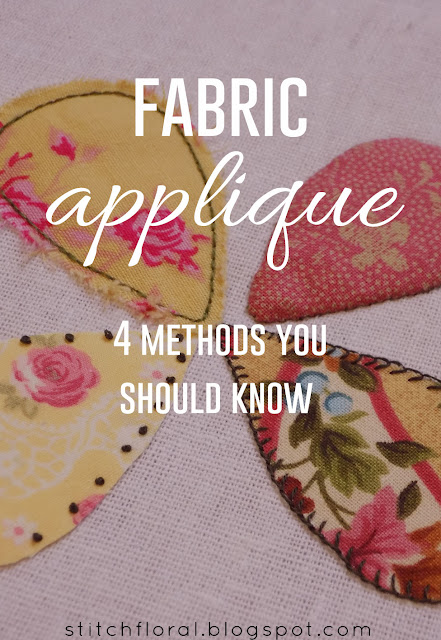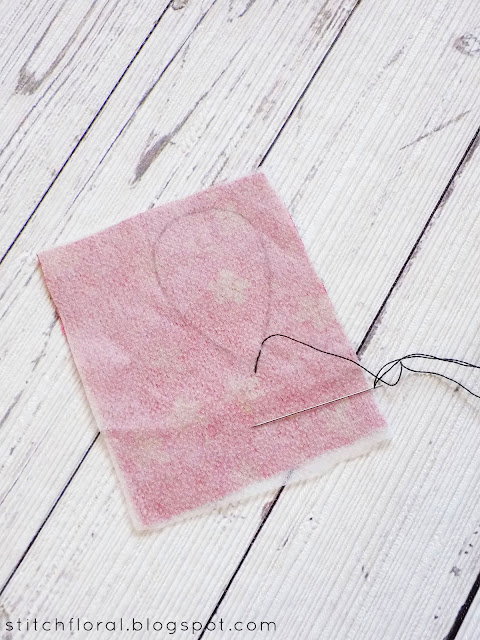Fabric appliqué: 4 methods you should know
My October project, which I talked about inthis previous post, is also easy to use և in this case, I’ll check it out a bit. So, I come up with ideas, and to see them flush it out, it's really fun.
Method 1:
So the first thing to remember is that most tissues tend to have edges.
And that’s why if you make the best cuts in clay, it’s going to be a little blurry, or it may not be like that at first.
However, sometimes such drunk և worn edges can have the desired effect. Especially for lovers of country style. In these cases, this procedure is all you need.
And basically all you have to do is work on the back layer along the entire length of the horse, moving it slightly away from the edges.
Make your seams short enough to tie all the threads together.
In this example I use a small cotton blanket և it doesn’t shake too much. I was scared as much as I could of this photo. However, if you use linen, for example, it is easier to burn, the threads can come out in front of the seam. In this case, the back layers should be even smaller.
Method 2:
If you don’t want to blur the edges, you can sew a buttonhole around the horse. You can work closer, of course, as I did in the example in this post .
However, I use a contrasting color thread to make it easier in all the practical methods presented in this article. Of course, you can use the same color thread in the applied section if you don't want to highlight it too much.
Ah, this method is commonly used for emotional applications.
Method 3:
Now, if you don’t want any difficulty, you don’t want to draw a border to sew a buttonhole, you can use a unified interface. :)
The instructions are simple. 1) Cut a piece of interface material similar to the fabric you want to apply, 2) the interface material has two sides, one of which is adhesive. Enter the interface on the opposite side of the sticker una fabric և up և, entering the wrong side և և up և. As a result, the adhesive side should be closer to the wrong side of the fabric. 3) Hold the iron carefully (temperature settings depending on the fabric) for a few seconds at one point.
Cut the template after applying the interface fabric.
In fact, the threads are now stuck inside to be together, and the probability of having an argument is very low. It’s almost like paper. Well, if you don't shake it like a washing machine or use it in your everyday clothes
So what you do now will depend on your artistic choice. If you want to make it look raw, you can do it with small seams of the same color.
Or you can use some decorative items, many of which can be found in the Clothing Library . I used French knots here :)
Method 4:
It may seem a little louder, but there is zero chance of communication.
And again, these would mean that you have to spend for these processes.
But now we have to put the fabric and the interface material differently.
So all we do is put the top of the fabric, then "spread the interface material on the side of the glue." Thus, the face and the adhesive side of the fabric should look at each other.
Then you can draw the egg on the bottom and edges.
Cut the egg with the outer layer, cutting a piece of interface material.
Results. Now you have this shape: the side of the fabric upside down and the sticky side upside down.
Now you can put it where you need it on a piece of land and iron it.
If you want to tie it better, you can sew one end of the buttonhole on the stitch or do your best in another way. Or you can make invisible points like I did in this example.
As mentioned, this method can be used with a different fabric instead of the interface material. Go to the dressing area և choose the best outfit you like :)
So here are 4 ways to dye your fabric. As for me, the 2nd and 3rd methods are probably the ones I will use, but in the end it all depends on the situation.
I hope you also find your favorite method և try to apply some in your next project. :)





















